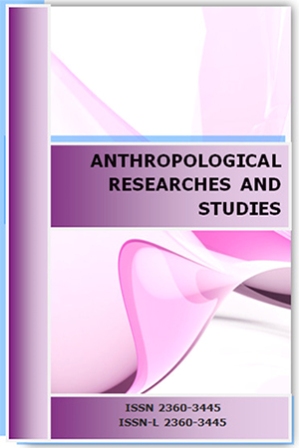EMOTION REGULATION AND COGNITIVE COPING STRATEGIES FOR COUPLE PARTNERS. A CORRELATIONAL STUDY
EMOTION REGULATION AND COGNITIVE COPING STRATEGIES FOR COUPLE PARTNERS. A CORRELATIONAL STUDY
Author(s): Zenobia Niculiţă, Victor KorniejczukSubject(s): Social psychology and group interaction, Clinical psychology
Published by: Institutul de Antropologie ,,Francisc I. Rainer” al Academiei Române
Keywords: emotional coping; cognitive coping; couple conflict; coping strategies;
Summary/Abstract: Objectives. The present study aims to explore correlations between coping and emotion regulation strategies of the partners engaged in romantic relationships and to identify the emotional and cognitive coping patterns that occur most frequently within the couple. Material and methods. The correlational design of the study has used data provided by two dependent samples of 50 male and 50 female participants, partners in heterosexual couples. The instruments used for data gathering were: the Cognitive Emotion Regulation Questionnaire (CERQ) and the Strategic Approach to Coping Scale (SACS), translated and adapted for Romanian population. An omnibus survey has been used to gather information on demographic variables (such as age, gender, education level etc.) as well as the relationship history. Results. On a first level, the statistical analysis of the data provided by the participants has established several emotional and cognitive coping strategies for female and male partners in the couple. As a group, women report significantly higher (p<.05) mean scores in rumination and catastrophizing as emotion regulation strategies. A second level of analysis has explored the correlations between the main coping strategies and emotion regulation measures of partners within the couple, revealing significant associations for avoidance, indirect action and social joining. Conclusions. The correlations between partners’ coping strategies suggest that there are patterns of processing and reaction specific to the couple, but these patterns do not necessarily relay on similarity and covariance. Further studies are necessary in order to establish whether these patterns are a result of learned behaviors and roles or a matter of inherent complementarity.
Journal: Anthropological Researches and Studies
- Issue Year: 2020
- Issue No: 10
- Page Range: 64-73
- Page Count: 10
- Language: English

